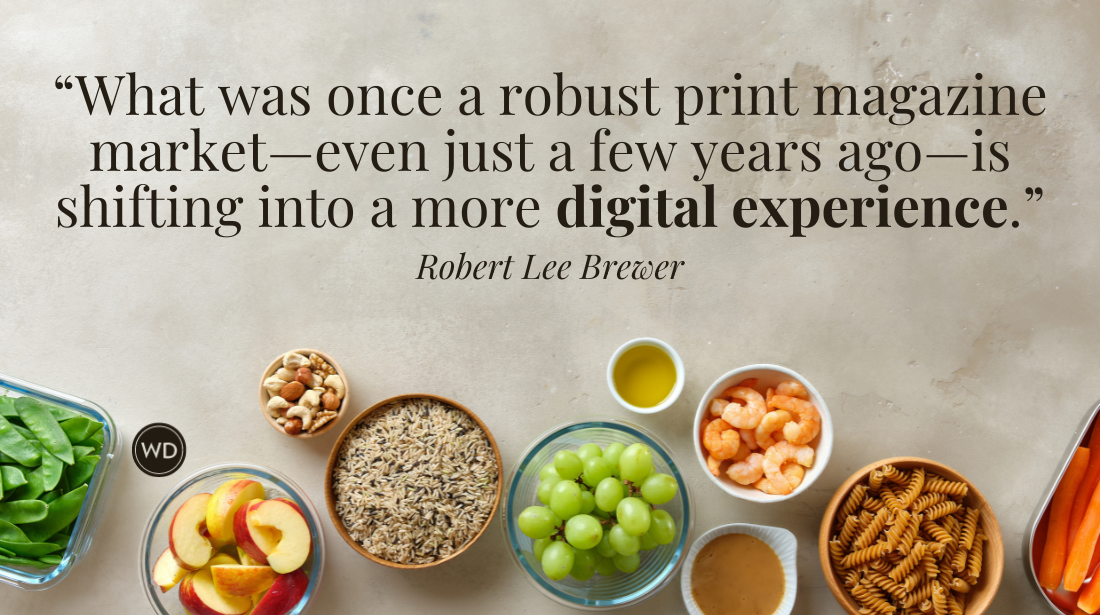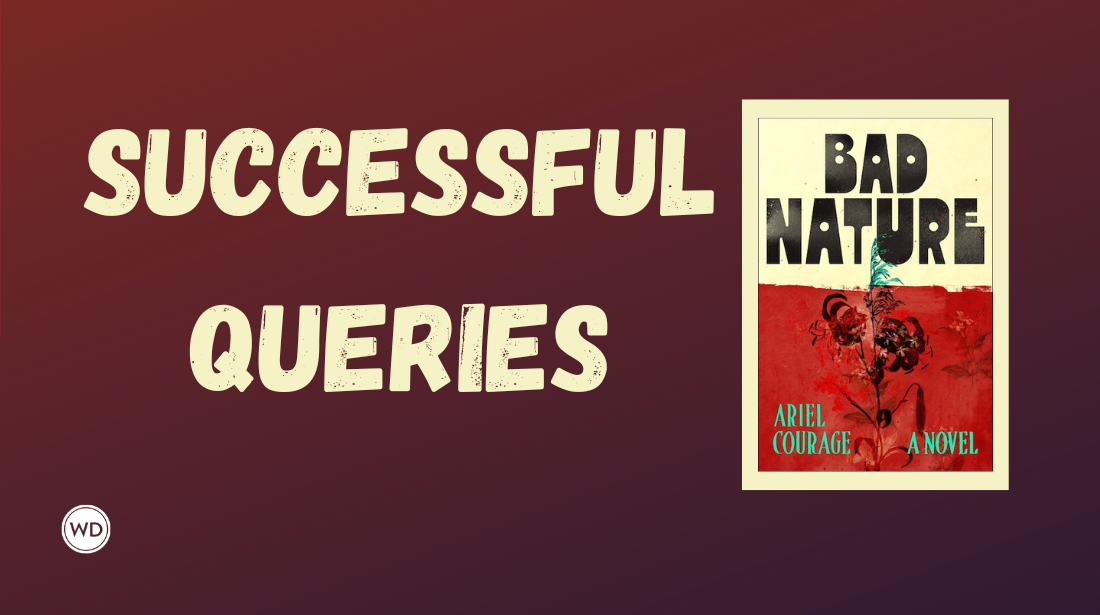How Many Rejections Does it Take to Self-Publish a Book?
Q: I’ve submitted my manuscript and query letters to various agents and publishers and have received several rejections. I feel this book is pretty marketable. How many agent rejections and…
Q: I've submitted my manuscript and query letters to various agents and publishers and have received several rejections. I feel this book is pretty marketable. How many agent rejections and how many publisher rejections do you think I should take as a signal to self-publish this book? I'm pretty tenacious. If need be, I could probably send out a query letter a day per day to 100 agents, but I'm wondering if there's a cut off number of rejections after which it's prudent to give up?—Barbara Bullington
A: There is no standard on how many rejection letters it takes to push an author into self-publishing mode—mainly because every author (and manuscript) is different. Some authors don't see self-publishing as a viable option for their work, while others—especially nonfiction writers who are also good marketers—see the opportunity to make more money self-publishing than they would spending time trying to traditionally publish their work.
If you believe self-publishing could work for you, you can certainly set a rejection threshold. But I'd recommend against it. This puts the timetable in the hands of agents and publishers, not you. And trust me, you don't want to have to waste your life away waiting for essentially bad news: "Well, there's rejection letter number 50. Thank goodness it came. Now, after 35 years of waiting, I can stop sending out all of these silly queries and self-publish!"
While I joke about the rejection-letter model, I absolutely do think it's good to set a timetable—just one that you control. For example, let's say I've sent out a dozen queries for my memoir, The Brian A. Klems Diaries: Editor by Day, Superhero by Night. I have set a deadline of 18 months to either sign an agent or get signed by a publisher. For each rejection I receive, I send out another query and continue this for the next year. If I don't get any bites by the time the 18-month deadline passes, then I look into my self-publishing options.
Now I'm not saying 18 months is the best timetable (depending on your work, you may want to consider giving it a few years or limiting it to one year). That's completely up to you. But by setting a timetable as opposed to a rejection-letter count, you have a clearer picture of when it's time for you to move forward.
Brian A. Klems is the online managing editor of Writer’s Digest magazine.
Have a question for me? Feel free to post it in the comments section below or e-mail me at WritersDig@fwpubs.com with “Q&Q” in the subject line. Come back each Tuesday as I try to give you more insight into the writing life.








